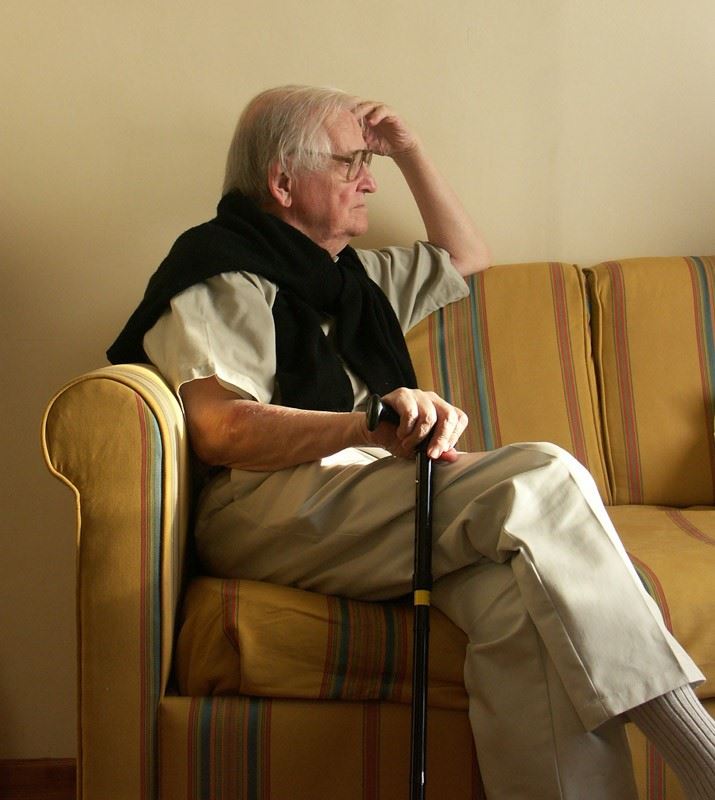
Norman Anderson passed away November 22, 2018 after a short illness, five months before his 100th birthday. He is known both for visionary Big Science projects (the Molecular Anatomy Program, the Human Protein Index, and Rapid Response to Viral Pandemics) and for a series of widely-used bioanalytical inventions (the zonal ultracentrifuge, the centrifugal fast analyzer, large scale 2-D electrophoresis, and virus purification, which was his creative focus late in life). His career spanned military service in World War II (US Navy), advanced degrees (Duke University), National Laboratories (Oak Ridge and Argonne), commercial biotechnology (Large Scale Biology Corp), and non-profit foundations (Viral Defense Foundation), producing more than 250 publications and 35 patents.
Norman Anderson was raised in a religious family of St. Paul MN, in which his father, brother and both sisters pursued careers in the Norwegian Lutheran church. Joining the Navy during World War II, work in underwater photography, eye movement tracking during instrument flight, and on submarines and blimps, expanded his horizons and allowed him to develop novel equipment and ideas. During the war, he met and rapidly married Mary Lloyd Glidewell, daughter of a prominent lawyer in Reidsville, NC, who provided the genial southern atmosphere that sustained him for their 77 years together. Mary Lloyd encouraged him to follow his scientific interests as a graduate student at Duke, instead of accompanying his Navy friends to Hollywood as a photographer, and after a PhD in cell physiology, Norman accepted a fellowship at Oak Ridge National Laboratory where he remained for 20 years. At Oak Ridge, he developed a plan for the complete fractionation of human cells, and to this end developed the zonal ultracentrifuge (including systems for large scale influenza virus purification still used to produce safe vaccines today), the centrifugal fast analyzer (subsequently commercialized by multiple companies for clinical laboratory testing), and high-pressure liquid chromatography systems.
After a brief interlude at the Medical University of South Carolina, Dr. Anderson moved to Argonne National Laboratory near Chicago, where, together with his son Leigh Anderson, he pioneered the use of large-scale 2-D electrophoresis to catalog the human proteins. The potential of this technology led them to start Large Scale Biology Corp. (LSBC), leading to the complete automation of 2-D electrophoresis and the creation of protein databases, as well as development of a large-scale centrifugal oligonucleotide synthesizer (PCOS). After merging with a California-based protein expression company, LSBC completed a highly successfully IPO in 2000.
Over the past 15 years Dr. Anderson focused his attention on the problem of detecting newly emerging viruses and rapidly creating vaccines to prevent their spread as epidemics. His vision of a Manhattan Project-style approach to this existential challenge to civilization highlighted the differences between modern mechanisms of grant-based scientific research and the scale, commitment and speed possible in the context of a World War.
Dr. Anderson received a number of awards including the Distinguished Clinical Chemist Award from the International Federation for Clinical Chemistry (1990); the 1983 Pittsburgh Analytical Chemistry Award (1983) for work in high resolution two-dimensional electrophoresis (shared with N. Leigh Anderson); an Docteur Honoris Causa, University of Nancy, France; the John Scott Medal and Award for the invention of the zonal ultracentrifuge (1972); the Atomic Energy Commission Citation and Gold Medal for the invention and development of the K-II vaccine-purification ultracentrifuge (1972); the Preis für Biochemische Analytik, awarded by the Deutsche Gesellschaft für Klinische Chemie for the invention of the centrifugal fast analyzer (1972); and a U.S. Navy Special Citation for outstanding work as a combat photographic officer in the submarine service in the Pacific during WWII (1946).
Norman Anderson is survived by his son (Leigh Anderson), with whom he collaborated in proteomics research for more than 40 years, Leigh’s wife Constance Seniff, and his daughter (Beth Anderson, successively a ballerina, rock musician, scientific instrument builder and science animator), and her husband Douglas Huff. Mary Lloyd died six months before him, which was a great blow. Norman is fondly remembered by a host of co-workers, students and neighbors in whom his perpetual enthusiasm excited a profound interest in science.


.png)